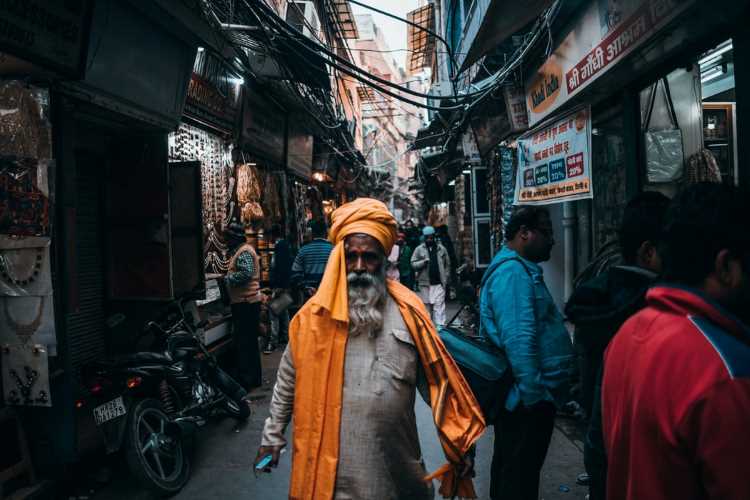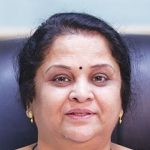
Food Security is guaranteed to all Indians under the National Food Security Act, 2013 that ensures supply of foodgrains through a chain of fair price shops run by the public distribution system. The PDS covers around 75% of the rural and 50% of the urban population of India. Faced with the task to ensure that no one is left behind, the system faces an uphill task. A total of 81,34,91,135 beneficiaries under the country’s targeted public distribution system are to be identified by respective state/UT governments. State/UT-wise number of beneficiaries are a fixed population, so the food supply system allocates a quota to the state governments. However, this process doesn’t ensure universal coverage of PDS as migrant families are not able to draw their rations at their new locations.
The solution is a national ration card. This may not resolve the issue created by the fixed quotas for states. In most cases of migration, the entire family does not migrate, just a few members of the family do so. The solution lies in having a common household data base of all the beneficiaries and allowing even individuals to draw the ration from anywhere in the country. The database can be pan India for the same. COVID-19 has made this a more striking issue. Anyone anywhere approaching a PDS shop should be allowed to draw his/her 10 kg of foodgrain and one-kilogram sugar to ensure food security of migrants. The government must target to evolve a long-term solution for this problem by creating common household database for all government schemes.
READ: Make PDS more inclusive, give ration cards pan-India validity
The task is not at all difficult. A large number of beneficiaries of government schemes are already in the MGNREGA database along with their individual account numbers. Same database can be used with SAMAGRA software, developed by NIC in Madhya Pradesh and adapted by 8 states, for the PDS. It is readily available, hence there is no need to reinvent the wheel. In a couple of months, the government can establish a pan-India system to allow migrant labour to draw their ration anywhere in the country.
The next step is adding the family data by cross checking it with the Socio Economic and Caste Census (SECC) data and the updated NPR data of 2011. This can easily be done by applying to panchayat/ward in urban areas. bridged with pension data, this will enable all DBT transfers at one stroke.
READ: Covid-19: Kerala Model is the success of decentralised democracy
The state governments must devote the next six months to build a common database for the use of all welfare departments like health, pension and labour, as well as schemes like MGNREGA, PDS and benefits for the differently abled. NIC team at the ministry of information technology in 2016 matched NPR with SECC data and found the results 75% accurate. Thus, the operating procedure would be to make a beginning with the MGNREA/Ayushman Bharat database by superimposing SAMAGRA software on it and in the next three months. The unmatched entries can be verified by the authorized agencies. The data can be updated regularly for birth, death, marriage, split of family and migration by the local government in both urban and rural areas.
It is time to work on time-tested ideas in a systematic way. This will resolve not just immediate issues at hand, but also develop a system for having a database to address specific needs and thus ensure that no one is left behind.
(Dr Aruna Sharma is a Delhi-based development economist and a former civil servant. She retired as secretary, ministry of steel, government of India in 2018.)
Dr Aruna Sharma is a New Delhi-based development economist. She is a 1982-batch Indian Administrative Service officer. She retired as steel secretary in 2018.

